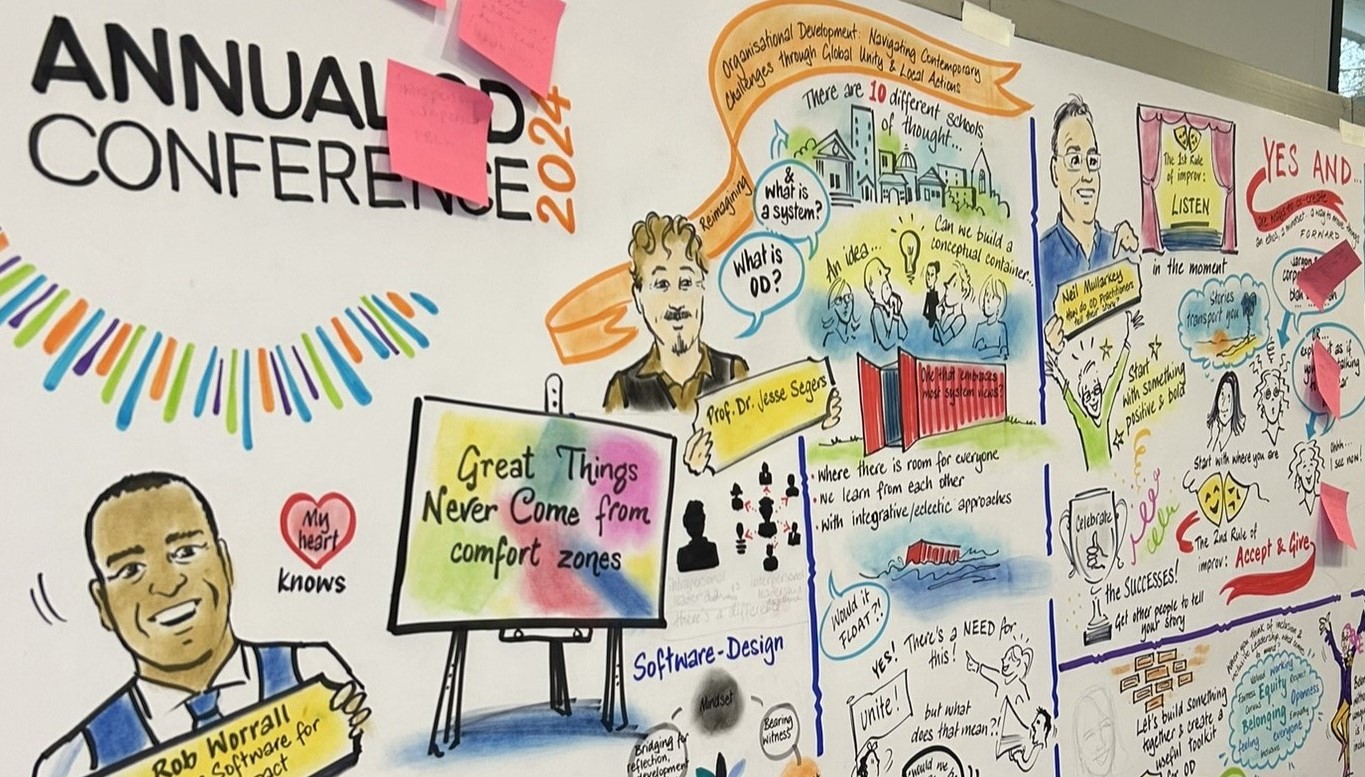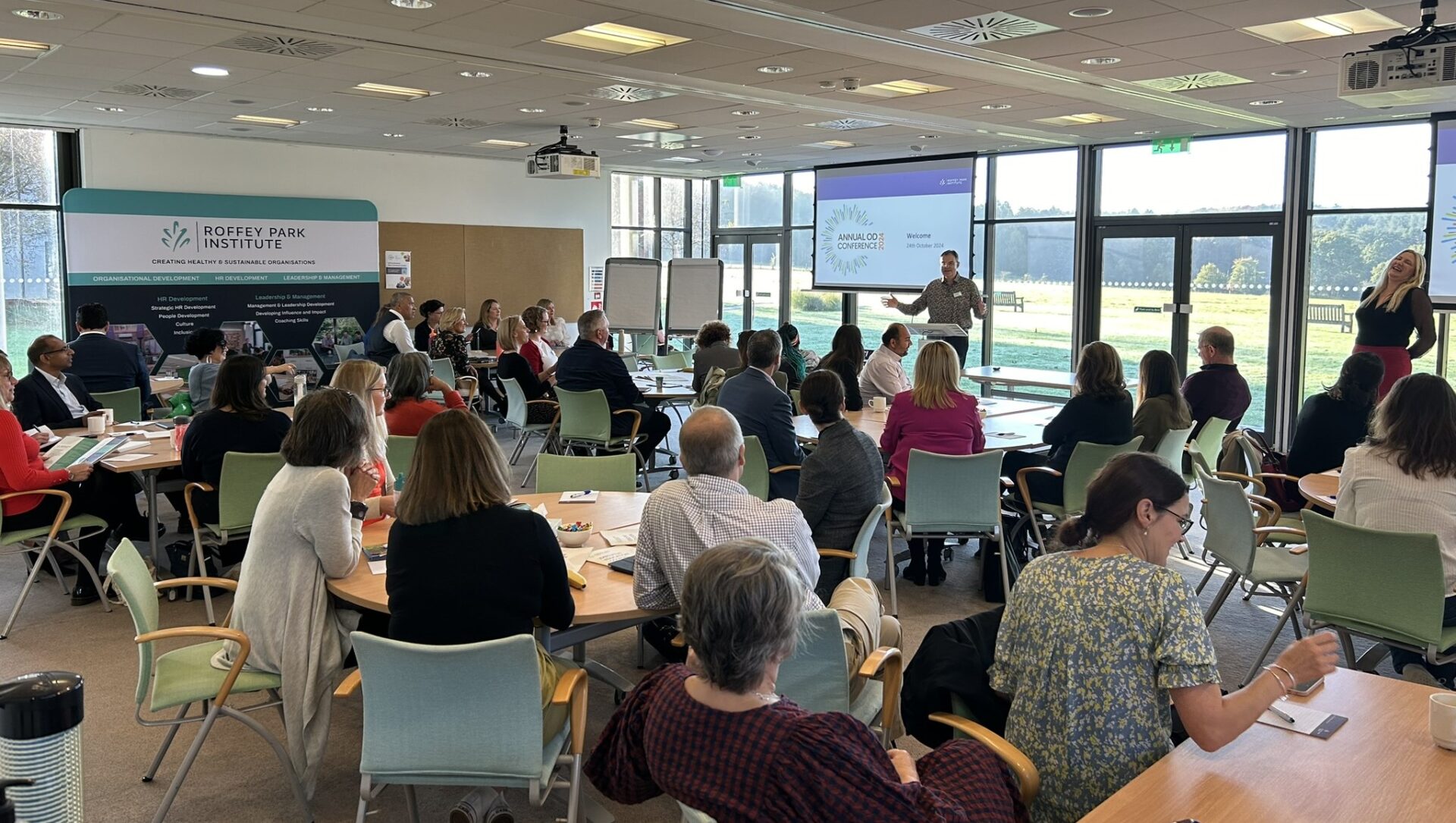The need to re-structure and change organisations has been around for centuries. Whether it be the odd Roman Emperor rearranging his palaces to fit in a new arena, Kings and Queens purging minions and installing whole new departments of acolytes, right through to football managers, Prime Ministers and Presidents (although given current trends ‘organisation’ is probably oxymoronic). My work with organisations across multiple sectors and contexts has led me to a few conclusions. In some senses, what I am going to offer is hardly earth shatteringly new. None the less, that is part of the challenge: in the quest for easy answers and certainty as we seek to solve complex problems, anxiety drives many a senior leader and organisations to reach for that guaranteed fix or guru who comes with ‘The Answer’.
In this and a series of three following posts, I am going to lay out a few basic principles, not of organisational design itself rather I suggest they might usefully underpin your approach before you get anywhere near getting your hands dirty and rearranging the metaphorical furniture in your workplace.

Organisational Design Principle #1: there is no silver bullet

I have said this already, and it needs repeating. The craving for certainty to manage our own and others’ distress is profoundly human. The problem is, if there was an easy answer, a ‘One True Way’, we would all be buying the same book and I would be out of a job (unless it was my book, clearly). So, the first task is to accept there is no quick or guaranteed fix: it does not exist. Get over it.
Organisational Design Principle #2: get clear on your why, before the what & how
I have worked with a number of clients over the years who were really clear on WHAT they wanted to do, e.g. re-structure, and they may even have had a HOW, but ask them what question their plans would address and you’d get an eerie silence. If you cannot articulate your ‘WHY’, the need that is behind all that organisation design and change activity, then stop until you have worked it out.
It is also worth remembering this (and thanks to Helen Charles-Edwards , who will be a guest contributor on the next Organisation Design in Practice programme, for making this crystal clear to me):
- Why = Vision
- What = Mission
- How = Strategy
I have worked with senior leadership teams recently for whom that pithy frame was strikingly useful. It supported them to get clear on the differences. If you are not clear on these, do that first as everything else stands or falls on this. Confusion at this stage will be amplified exponentially as it passes through each conversation, email and communication.
Organisational Design Principle #3: Lots of ‘WHATS’ are great. How do you know they are the right ones and enough or too many?

One sector I am working in at the moment is going through huge upheaval, driven by external factors such as Brexit and changes to Government policy in the past ten to fifteen years. The organisations I work with are brilliant at identifying ‘WHATS’. The problem is, some have become disconnected from the ‘why’, and others seem to breed ‘WHATS’ like Tribbles . The single biggest change one of them was advised to make by the (latest) consultancy brought in to advise them was “stop changing things – your people are in overwhelm and more activity will solve nothing”.
So getting clear on what mission you are on, relative to the vision you have, will help hone down the number of ‘WHATS’.
Organisational Design Principle #4: the ‘How’ is about way more than PMOs, Gants and sexy models.
The ‘how’ in organisation design, or indeed any change initiative in a human system (which is what an organisation is until AI replaces us all), will bring you up close and personal with the existing culture. Many change initiatives – organisation design or not – are either directly or indirectly aimed at or dependant upon the behaviour of those both delivering the project, those impacted and bystanders. Organisation design projects often have culture change as a primary or secondary outcome, that means you need to think about how you will engage with your culture.
And yes, you need to have thought about the ‘HOW’ in more prosaic and practical terms. Having a grand vision and clarity around what needs to happen to manifest that is one thing; it is entirely another to translate that into a plan that can deliver and respond to emerging need(s). That is also where the reality of Org Design practice bites, because to ‘do’ Organisation Design is about more than simply wielding a Powerpoint of a Galbraith Star model or a sparkly new target operating model. The person at the centre of the ‘HOW’ is a practitioner of change, a change agent in the true sense of the word, with a particular ask that is set by the context of Organisation Design.
Which begs the question: what do I need to learn?…
In my next post I will begin talking through the different types of learning you will need to engage in, to be best equipped to do Org Design.
Before I finish, however, one more…
Organisational Design Principle #5: there is no fixed or right number of principles
Look on Linkedin and or google organisation design, Leadership, Management etc and you will not be short of answers. This is in the territory of colluding with the idea that there is a right answer. So my fifth principle is that there is no limit to the number of principles. They may change, be added to and lose or gain relevance dependent on context. So critique anything that suggests that there is a neat set of answers.





